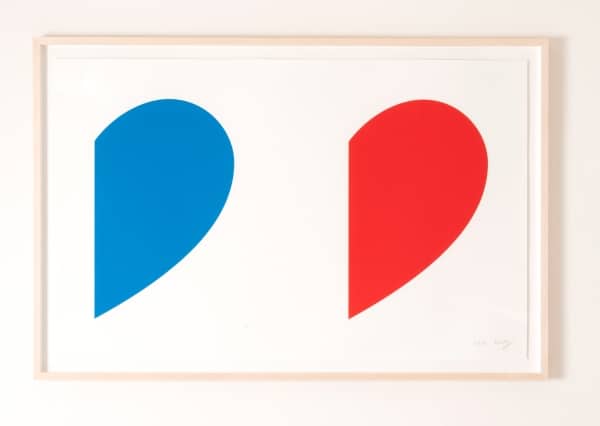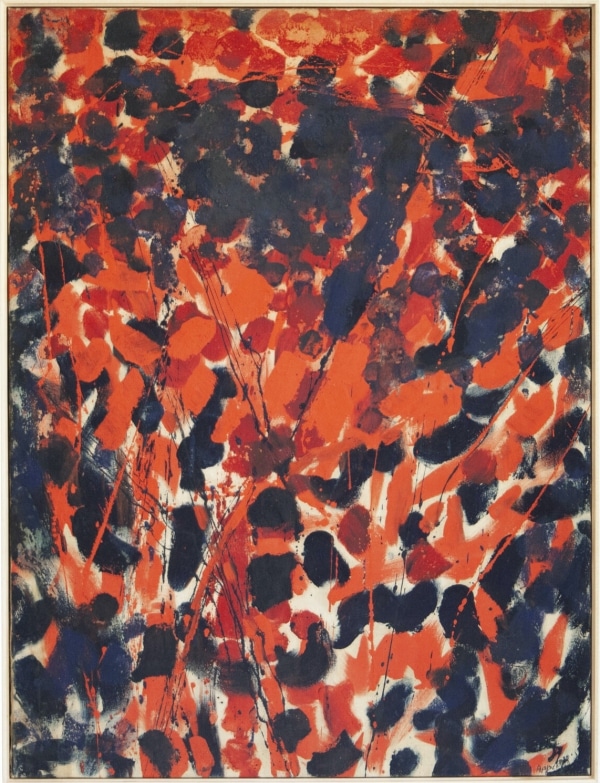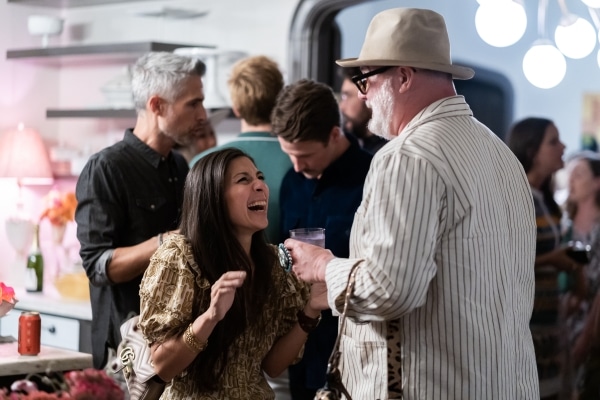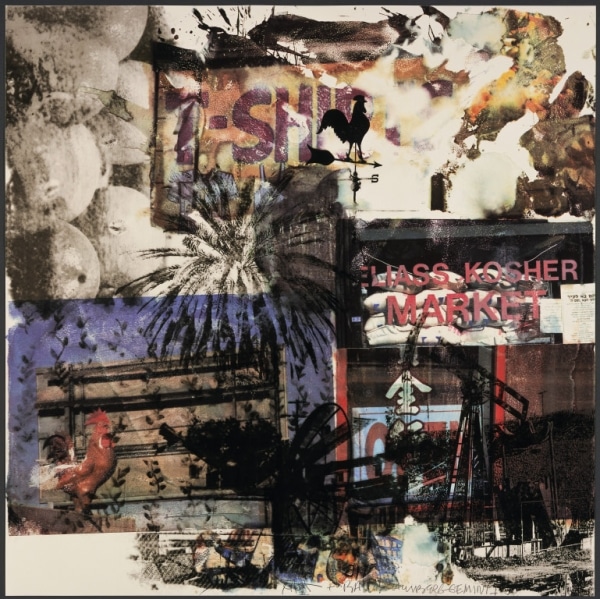Exploring Abstract Expressionism in Post-War Contemporary Art with artists like Ellsworth Kelly, Mark Rothko, and more.
After World War II, the art world went through a radical transformation. Among the many movements that emerged, Abstract Expressionism stood out as a powerful and innovative shift in art. This form not only modernized but redefined the concept of visual expression.
Pre-WWII, Paris was dominated by the First School of Paris, a movement characterized by artists like Picasso, Matisse, and Braque. This period encompassed the rise of impressionistic techniques and experimental approaches which ultimately set the stage for the artistic revolution that followed after WWII.
Following the war, many influential artists migrated to New York City and forced a transformative shift in the art world. Here, abstract expressionism was born and flourished.
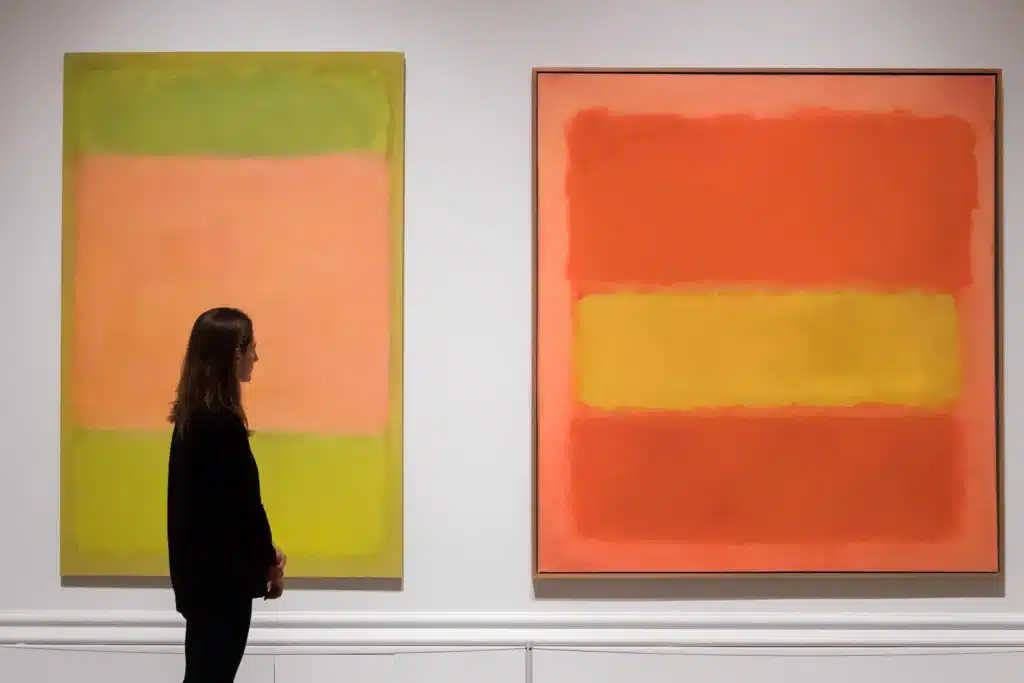
Artists like Mark Rothko and Jackson Pollock became icons of this movement, introducing new styles and techniques that reconstructed traditional norms at the time. Rothko’s expansive color fields and Pollock’s iconic drip paintings epitomized the raw energy that defined abstract expressionism.
Painting was used as an outlet for these artists on coping with life post-war. It was a time when artists transformed pain into beauty, chaos into coherence, and upheaval into artistic liberation. They poured their emotions onto canvas, showing people how form and color transcended conventional boundaries.
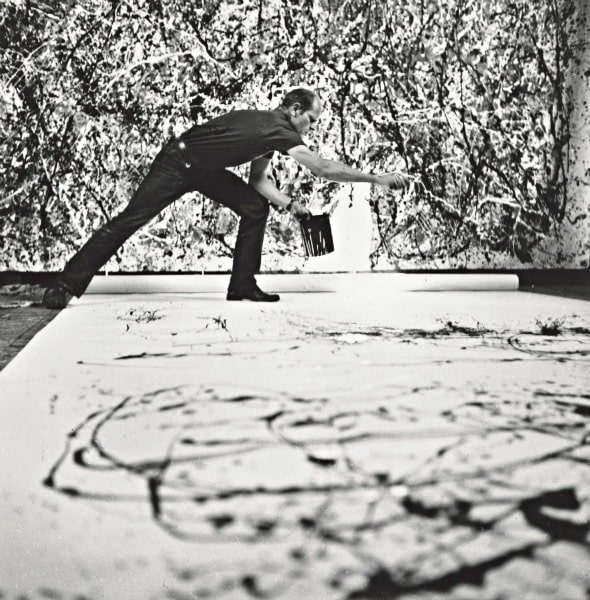
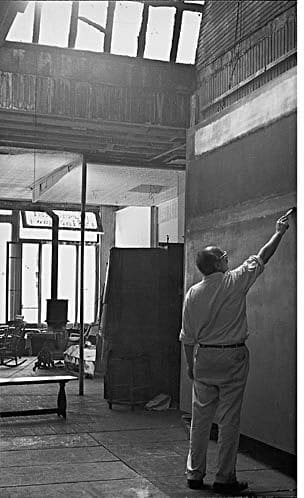
Ellsworth Kelly was a driving force in introducing a distinct form of abstraction. Influenced by his time in Paris, Kelly’s geometric shapes presented an alternative style from other artists practicing in NY at the time. His crisp lines and vibrant colors offered a different form of exploring abstraction, challenging styles that had defined the movement.
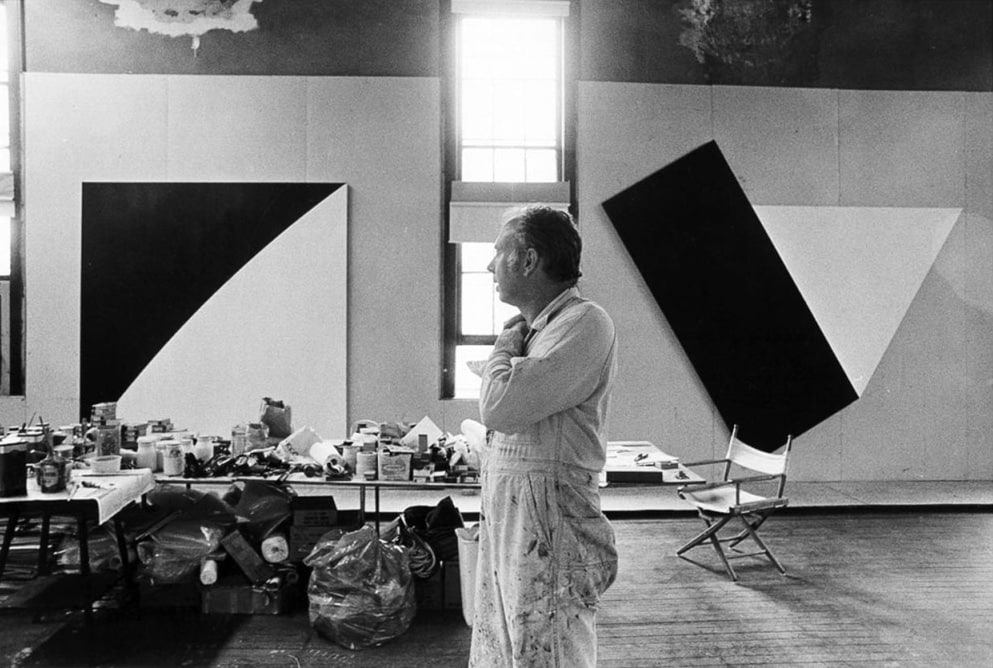
As we reflect on the post-war contemporary era and the development of abstract expressionism, we’re reminded of its ever-lasting legacy. It was a time when artists transformed pain into beauty, chaos into coherence, and upheaval into artistic liberation.
Abstract expressionism was not just an art movement; it was a testament to the power of artistic expression to constantly shape and redefine the arts.
Our members have access to a variety of Post War Contemporary artworks through our collection and through partners like Waterline Fine Art.
Artwork featured at top of post: Jackson Pollock, Convergence, 1952.




